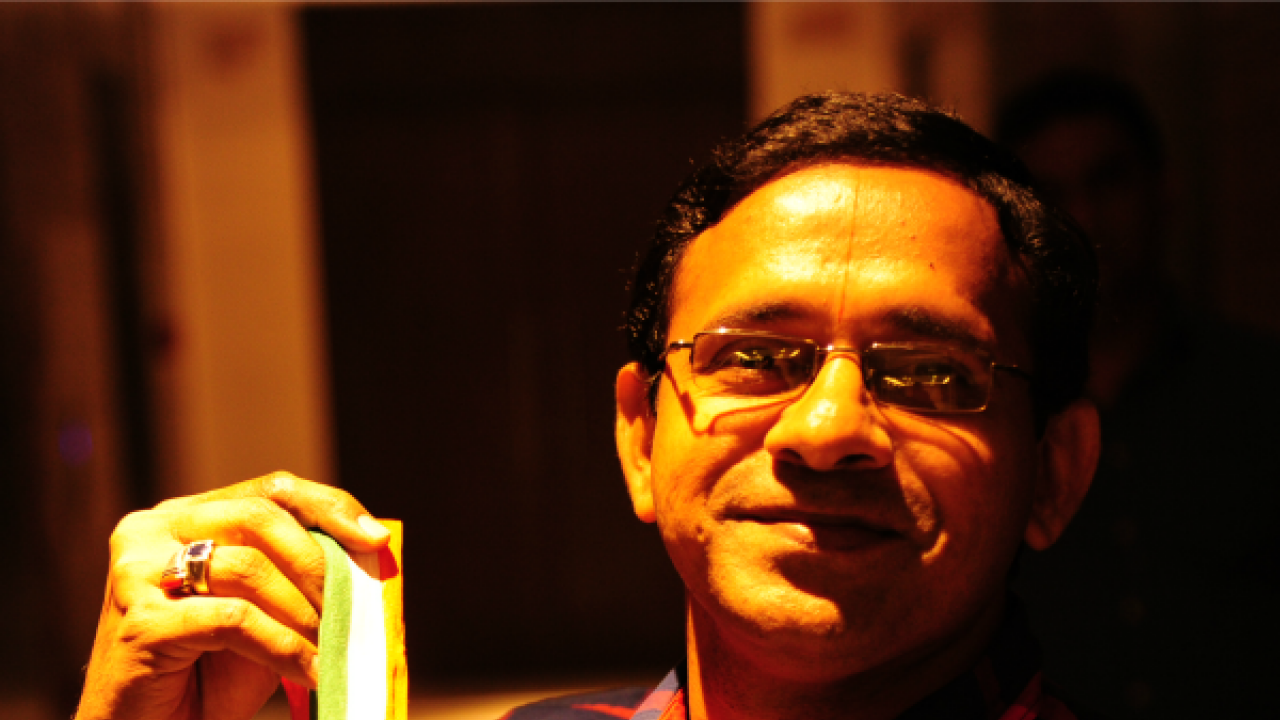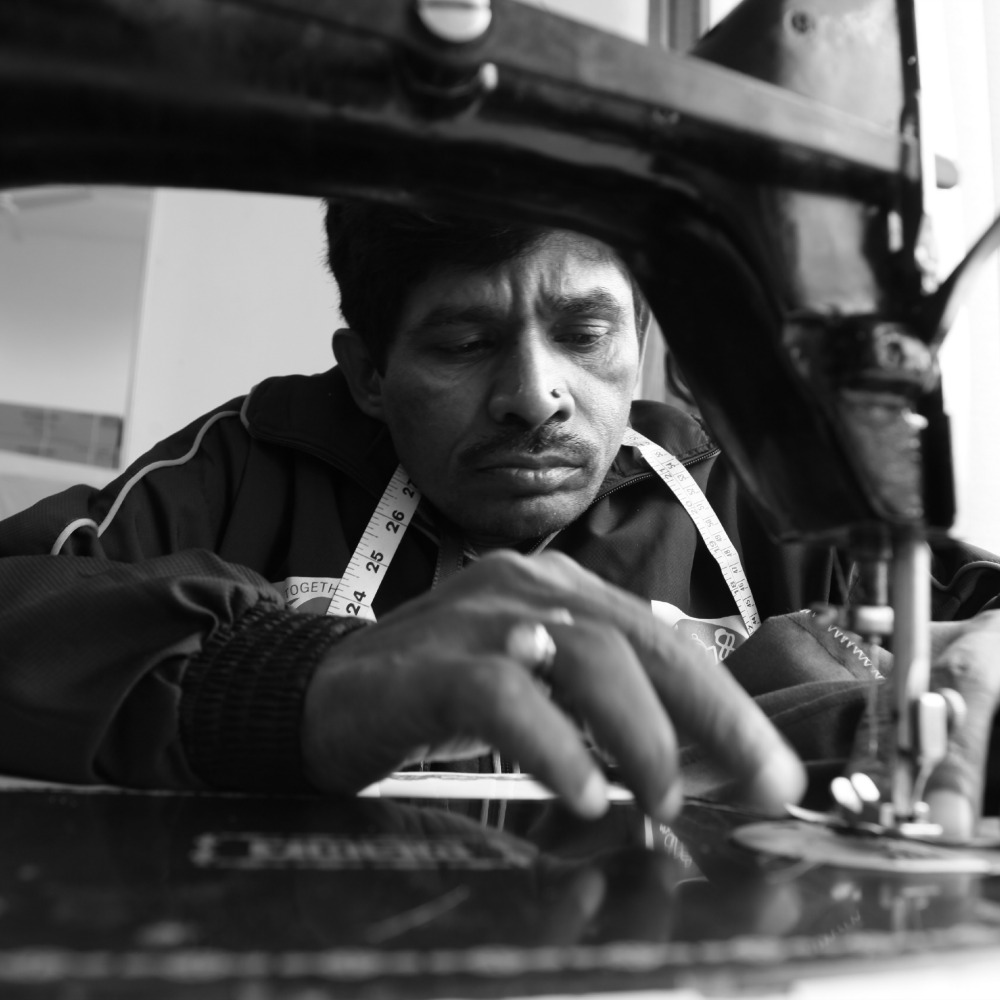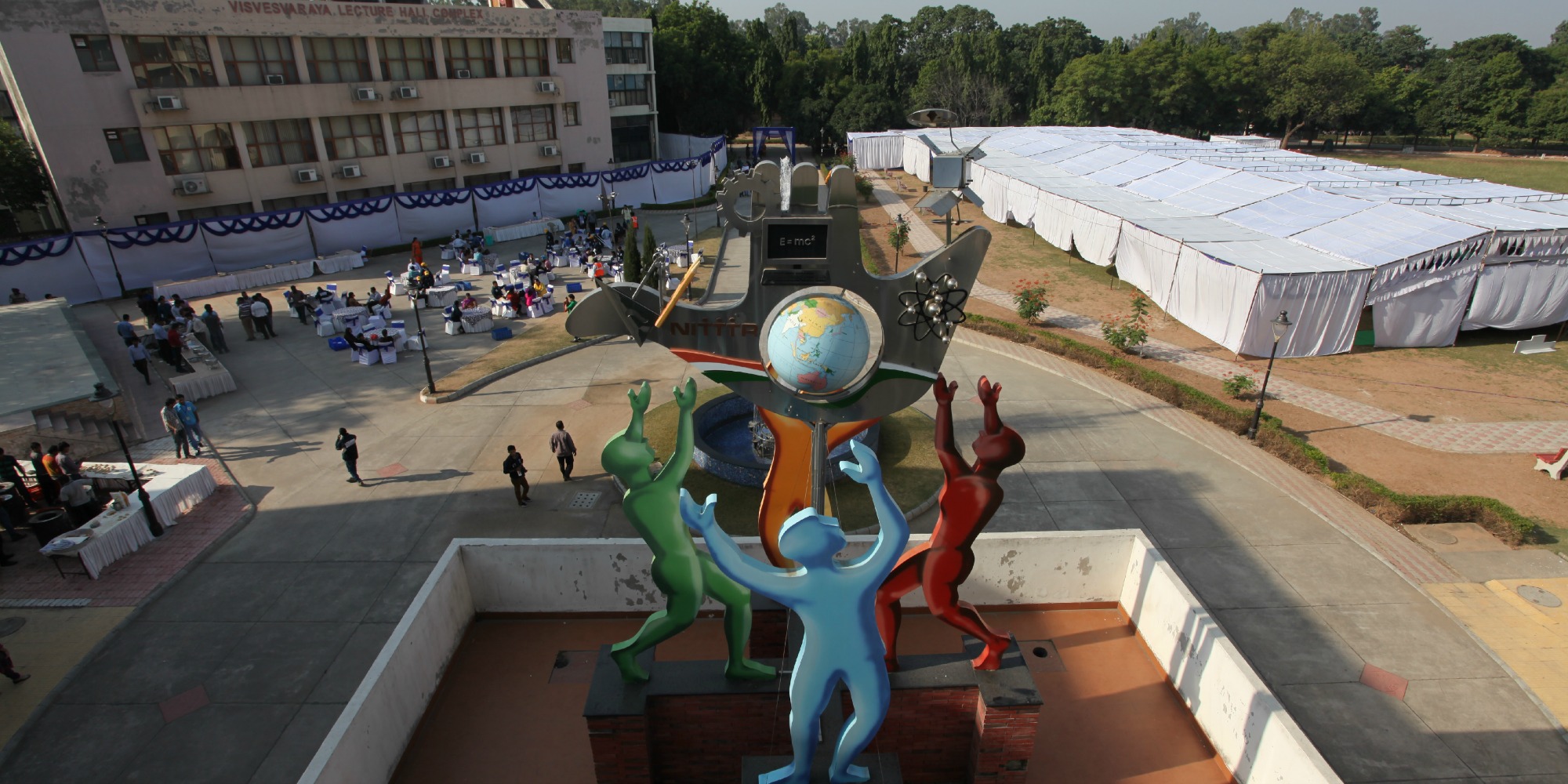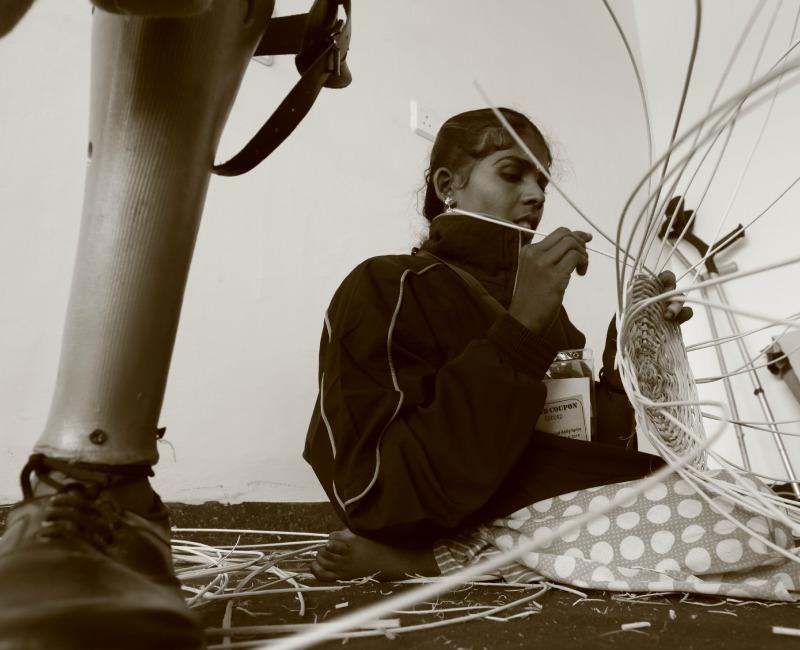
Sitting in a swanky office, wearing simple clothes, 42-year-old P Saikrishnan talks humbly about the various feats he has achieved in life, proving that being disabled is no reason to feel defeated. An engineer by profession and a photographer at heart, he was born and brought up in Chennai. He graduated with a degree in Physics and now works on security and surveillance projects for HCL. He has represented India at International Abilympics, or Olympics with Abilities, twice. His skills with the camera lens have made him stand at the first place for three consecutive editions of National Abilympics. At the 8th International Abilympics held in 2011 in Seoul, South Korea, he emerged as the 4th best portrait photographer in the world, while at the 7th International Abilympics held in 2007 in Tokyo, Japan, he won a silver medal. He was diagnosed with polio at the age of three years. However, his passion for photography overcame all the hurdles that his disabilities posed.
Tell us about the origin of your passion for photography.
I had taken to photography in school itself, when I was in class 7th or 8th. I started clicking pictures using the basic film camera. I would always look at a particular scenario and think, “How would a picture taken from that angle look?” or “What if this picture is taken in this particular way?” And thus, my curiosity about shots increased my interest in photography even more. I started clicking pictures during any functions that would take place in my house. That is when I started understanding the basics of photography. However, it took me a lot of time to understand what a documentary picture is and learn how to click them.

Stiching your path
How did you end up participating in National Abilympics?
In 2006, I was just reading a newspaper, when I read about Abilympics. Later I found out that just like the Olympics, it takes place every four years at different venues across the world. Being an amateur photographer, I was skeptical about taking part in the competition. I still called up the organisers and asked if I can participate. On getting a positive response, I immediately started brushing up my skills. I would get up at 4 am and practice clicking pictures in low light. After returning from work too, I continued practicing. I would visit markets, beaches and other areas to click pictures. Then I went for the South Zone finals with my simple film camera, only to find out that my competitors were professional photographers with SLR cameras. The jury sent me for the National that were to be held in Jabalpur. There, I competed with 15 photographers and won the gold medal and was chosen to represent India internationally at the 6th International Abilympics to be held in Japan. That is when I started training even harder.
How did you prepare for the international level – technically and mentally?
Right after winning the gold in Nationals, I got a letter from National Abilymics Association of India (NAAI) which which stated that the association would do its best to look for sponsors for the Japan trip.
I was to compete against participants from 128 countries in Japan. Naturally, the pressure was high and I did want to do my country and my family proud. I was lucky enough to get full support from my family as well as my bosses at work. HCL then funded my DSLR camera and got me a Mac laptop too. I started focussing on technicalities like the composition of shots, the amount of exposure, etc. I would sit every weekend with my mentors and friends and ask them to review the pictures I took.
Despite all the practice, what mentally drove me to get better was the fire in my belly. The initiative to keep the learning process going on came from within and I only aimed to win a gold.

Excellence Motivation Challange
What surprises and challenges did Japan have in store for you?
Every new place has its own challenges. Japan as a country poses problems related to language and food. But, Japan is a disabled-friendly country The attitude of the people made me feel comfortable. The facilities were remarkable. There, a person on a wheelchair can go anywhere – on a train, harbour, aerodrome or any other public place for that matter.
However, the bigger challenge and a factor that intimidated me to an extent was the level of competition. While I came and participated with just a few months of experience and training, photographers from other countries had better equipment and more experience. Back in their countries, the government and NGOs facilitated intensive training for them, such that meeting international standards of photography would not be an issue for them. I, on the other hand, had to arrange for a camera myself, had to find my own mentors and had to make time for practicing. And probably, it is this factor that kept me from winning the gold. I finished second, lagging behind by just two points. The person who won took a shot using wide-angle lens, something that I did not have.
What role did the government play in your journey uptil now?
Abilympics is not a very popular concept yet. Hence, neither does it see participation on a wide level nor do the participants get rewarded sufficiently. To participate in the national, zonal and state levels, one has to spend money from their own pocket, or find sponsors. Unfortunately, not everyone has enough resources to be able to pay for expenditures related to these competitions. Only at the international level do the government and private sponsors start lending a helping hand. As of now, only a gold medal winner at the international level gets a cash prize of Rs 50,000.
The government has to focus on providing training to improve the skills of those practicing vocational arts. Currently, as far as vocational skills are concerned, Indians do not match up to the international standards. So much so that even after winning a gold at national level, one has to undergo a skill evaluation test before being sent abroad for international competitions. Only when you pass that test, does NAAI let you represent India abroad.
Fortunately, things are looking up now. The new minister for Social Justice and Empowerment, Thaawar Chand Gehlot, is very supportive. He has promised to start an academy in Delhi, where people from all over the country will be trained to represent India internationally. The minister has also decided that the gold, silver and bronze medal winners at National Abilympics will get Rs 21,000, Rs 16,000 and Rs 11,000 respectively.

Standing on self
How important is it for the concept of Abilympics to get promoted in India?
India is a storehouse of talent and in different corners of the country, people are just waiting to get discovered and enabled. The media has a major role to play in enabling the disabled. If Abilympics gain just a fraction of the limelight that cricket gets, it would empower the disabled. Currently, the situation is dismal. Only a few local new agencies or NGOs dealing with disabilities would know about Abilympics. However, our country needs to follow in the footsteps of Japan. Due to the effects of the atom bomb still manifesting themselves even till now’s generation, the country has no option but to be disabled-friendly. The government there identifies cases of people with disabilities by conducting surveys, gives the disabled training regarding life skills, markets their products and thus, enables them. See, this is what enables the disabled, not a 3% reservation quota.
How is the road ahead shaping up?
I just won a gold at the National Abilympics held last year in Chandigarh. After an upcoming skill evaluation, I would hopefully be allowed to represent India for the third time at International Abylimpics to be held next year in France. I have also been hosting exhibitions of my work in Chennai. Apart from that, I provide guidance to people of all ages regarding basic photography. Now that I have found a place in the world of photography, I want to travel all over the country, capturing the beautiful landscape through my lens. Covering the length and breadth of my country has always been my dream and I will surely live it soon.
About Abilympics:
The concept of Abilympics originated in Japan in the 1970s. Abilympics stands for abilities and Olympics, and looks to empower those with vocational skills and give them an international platform. The First International Abilympics were held in 1981 in Tokyo, Japan, where participants competed in 43 categories including photography, robotics, electronics, tailoring and wood carving. The International Abilympic Association conducts Abilympics every four years in different cities across the world. The National Abilympic Association of India was founded in 2001 and conducts Abilympics at state, zonal and national levels.